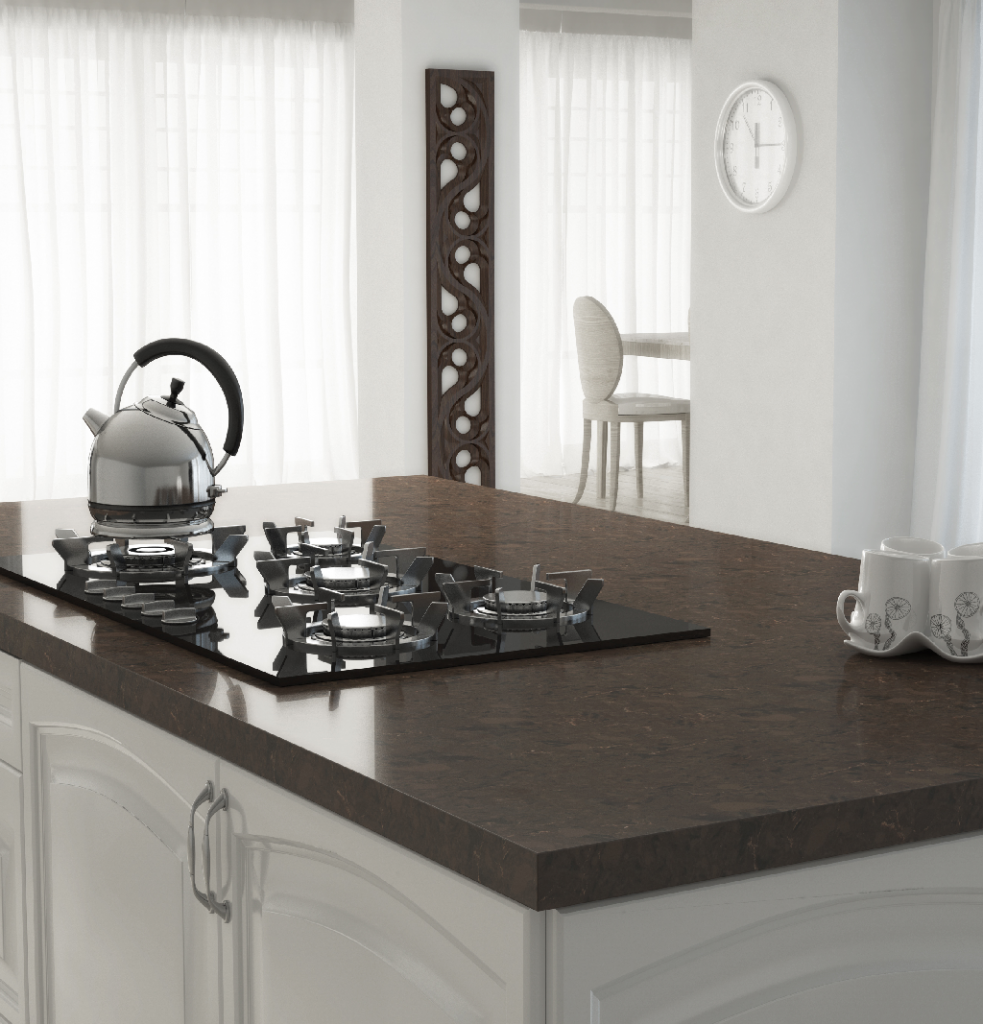The kitchen as a shared place
In recent years, thanks to renewed interest in cooking, there have been design projects placing a strong focus on kitchens. The rooms used to prep meals have once and for all forgone their status as a “utility room”, becoming a place where people come together and share time with each other. TV programmes focusing on haute cuisine and catering played a key role in this change in the collective imagination. Cooking becomes a show and a creative expression, rather than simply a “chore”, turning into a moment to share together and show to others.
The kitchen island unit: a functional and furnishing element
Large sizes and spacious worktops are the distinctive features of modern kitchens. Whether they are in an open-space layout, where the kitchen and the dining room are in the same room, or separate rooms, the keyword is SPACE. A functional space, whose design recalls that of professional kitchens, where people can cook with the company of other people. In this kind of project, the island unit has a key role, becoming a strategic element both in terms of tasks and aesthetics. If the kitchen is in a separate room, a layout with a central island unit allows you to have a worktop that can be reached from several sides. Moreover, having the burners or worktop at the centre means having more “vital” space along the perimeter of the kitchen, which can be used for other accessories. In the case of an open-space layout, the island unit instead becomes a furnishing element, ideally further separating the living area from the kitchen, whilst acting as an element that connects the two rooms. Its frontal position in relation to the living area lets hosts cook without losing eye contact with their guests.

The island unit worktop: resilient and reliable materials
The island unit can have mainly two purposes. It can be used only as a worktop that, suitably fitted with stools and a counter, can turn into a table for informal dining or become the actual heart of the kitchen. Indeed, it can include the hob, with the relative hood, and the sink. Apart from the type of island unit, one of the most important aspects of its design is the careful choice of materials for the worktop. It’s essential to have worktops made with tested food-grade materials that are also scratchproof and resistant to the chemicals used for cleaning and acid substances (lemon, wine, vinegar, coffee… to name but a few).
The ideal choice: SM Quartz veined marble
All SM Quartz surfaces are safe for contact with food and comply with the NSF Food Zone standard. Their high resistance to scratches and chemicals, combined with their low water absorption levels make them the ideal choice to process and prepare food. Moreover, the polished surfaces guarantee extreme resistance to stains and liquids thanks to the absence of porosity. The most suitable material for island unit worktops is definitely veined marble: as well has having the top technical features of SM Quartz materials, they add a truly elegant effect, bringing a classy touch to the kitchen.
The Editor
